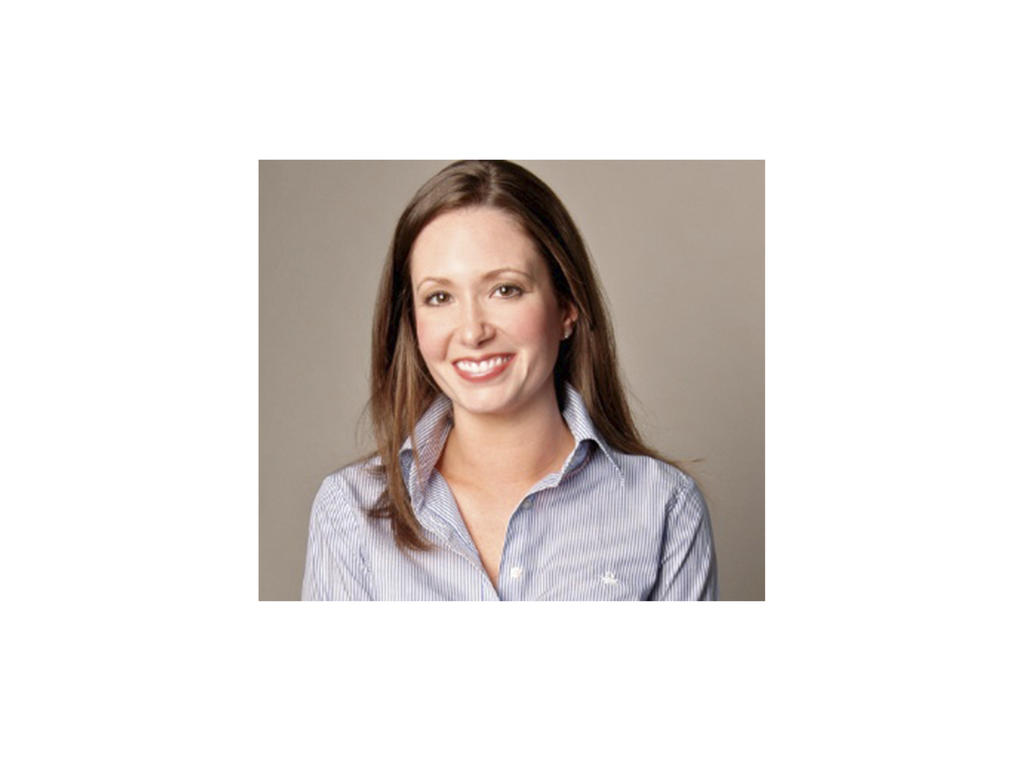College professors do not typically hobnob with the likes of Madeleine Albright, Bill and Chelsea Clinton, Condoleeza Rice, George Clooney, or Angelina Jolie. Thanks to an appointment to the Council on Foreign Relations (CFR), however, Rhodes international studies Associate Professor Jennifer Sciubba may get the chance. The celebrities named above also belong to the CFR, a think-tank comprising 4,900 members whose specialty areas in foreign relations make them prime candidates for helping inform international policy conversations.
Sciubba, who learned of her selection in June, submitted items from her CV for membership consideration in January but had no expectation of being accepted on her first try. “You ask four people to write recommendation letters for you, and they are only allowed to respond with a brief statement. I was very surprised to learn I was selected. One of my recommenders told me people rarely get accepted on the first attempt.”
Two things that worked in Sciubba’s favor were her use of demographics to study aspects of politics and her location outside the Washington, D.C., beltway. Attracting fresh ideas from those not immersed in the nation’s capital helps to diversify the think-tank’s output.
For Sciubba, a big lure to joining the CFR is the chance to publish in the prestigious Foreign Affairs magazine.
“That’s one of my bucket list items,” she says. “I hope within the next year to pitch a section from my current book project.”
Her new research looks at the impact of aging populations on a country’s national defense. She challenges a common assumption that the older a nation’s median age is, the weaker their national defense becomes. “What I am finding is that the nations adapt by making policy changes in areas at the middle of the equation between aging and national defense,” she explains.
Sciubba came to Rhodes in 2008 as an Andrew W. Mellon Foundation fellow as part of the college’s then-new program in environmental studies.
— By Lynn Conlee
